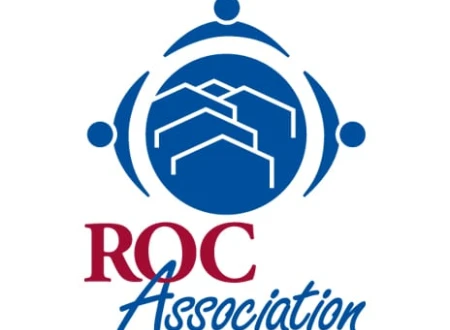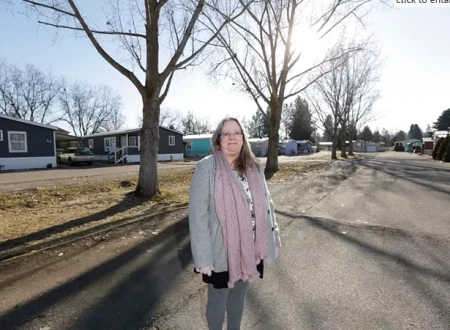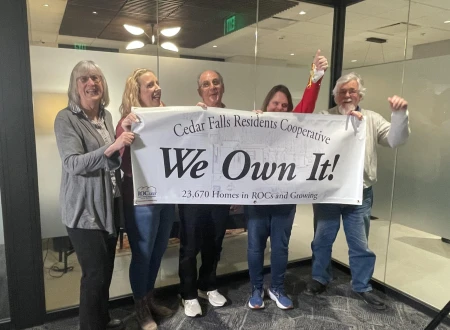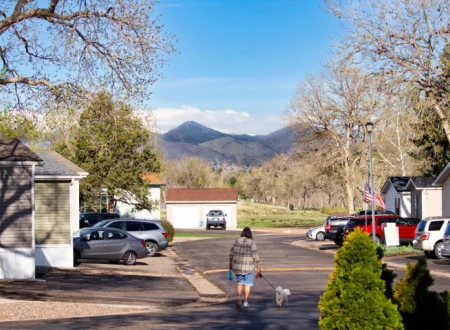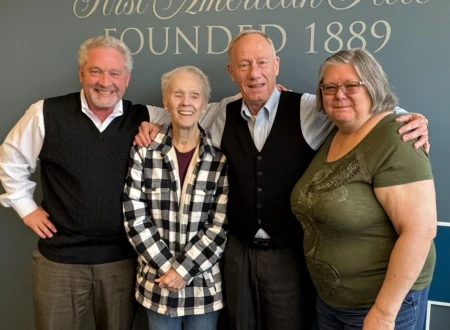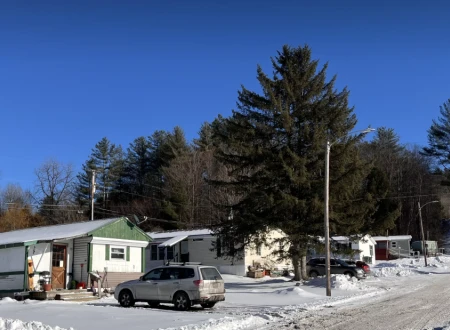Independent research documents financial impact of co-op ownership
CONCORD, N.H. – Independent analysis of more than two dozen resident-owned communities (ROCs) shows the dramatic savings ROC Members enjoy just five years into cooperative land ownership.
Every year, ROC USA contracts Colliers International to analyze market rents for ROC USA Capital’s portfolio for co-ops celebrating their fifth anniversary. The study represents the total population of co-ops in ROC USA Capital’s loan portfolio that have reached their fifth anniversary of ownership, which totals 25 ROCs and 2,255 home sites.
The results are strong:
- On average, co-ops are raising site fees less than one-fourth the pace of industry.
- Co-ops are raising site fees 0.86 percent per year compared to industry average of 3.9 percent per year. (Industry data is reported by MH Insider July/Aug 2019 pg. 40.)
- Co-op site fees are below market after five years of ownership.
- Co-op site fees on average are $32.70 below market after five years of ownership, with a range in the study group of 3.18 percent above market to 26.67 percent below market.
- 23 of the 25 co-ops in the study have site fees at or below market. Two communities are $5 (or 0.77 percent and $17 (or 3.18 percent) above market at five years.
- Members in the 23 co-ops with below market rates are saving a total $64,764 a month and $777,168 a year.
“Independently measuring the financial impact of co-op ownership is extremely important to our customers who want security and affordability,” said Paul Bradley, President of ROC USA. “It’s also extremely important to the many socially motivated investors and donors who make co-op ownership possible.”
The savings are generated primarily through removing the profit margin in Members’ site rents and the diligence of the volunteer community Members and leaders.
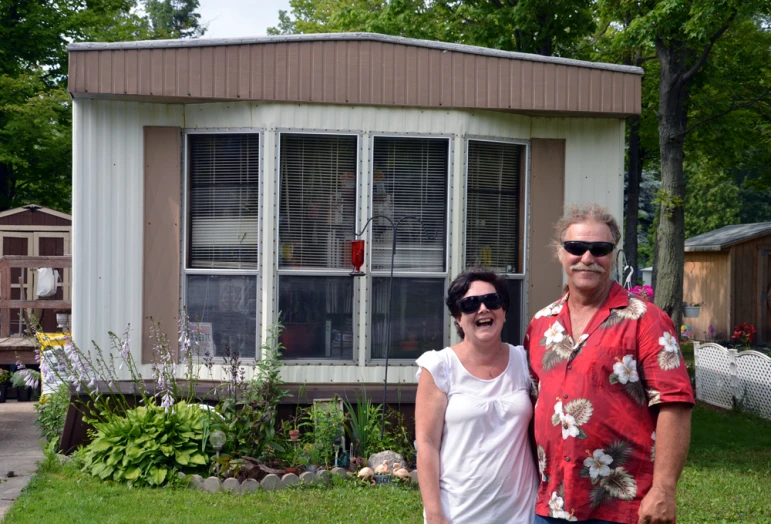
“These results are not coming by ROCs running thin on reserves or missing loan covenants,” said Michael Sloss, Managing Director of ROC USA Capital. “These results are on top of co-ops doing a good job of capital improvement planning and consistently meeting their financial obligations.”
The 25 co-ops in the study have invested more than $6.5 million in community improvements in their first five years of ownership, including healthy water and wastewater treatment as well as tree safety and improvements to roads, drainage and community spaces.
Dennis Jakubowski, Board President at Marilla Country Village in Alden, N.Y., said his 154-site neighborhood is more than 50 percent seniors on fixed incomes. Shortly after Marilla became a co-op eight years ago, he said, “Residents were getting sick of lot rent going up $25 a month with no improvements.”
Today, Jakubowski said, “We’ve raised our site fees just $10 since we purchased the community in 2011, and in that time, the co-op has invested more than $250,000 in improvements, including new roads that look great. Owning our community is the best thing we have ever done.”
Upgrades not only look good, but make meaningful differences in ROC Members’ lives.
“Community improvements can be easy to pass over, but they are really significant – like the drainage improvements by Pasadena Trails ROC south of Houston, which helped them survive Hurricane Harvey with no losses, displacement or destruction,” said Mary O’Hara, Director of ROC USA® Network. “In fact, the co-op’s Members were in abutting neighborhoods helping out after the storm.”
ROC USA Network is a national network of nine nonprofit cooperative developers affiliated with ROC USA that serve the local market development, training and technical assistance needs of ROCs. Their work is vital to scaling co-op ownership and supporting resilient communities.
“The impact data is compelling and very motivating to our team and especially to the co-ops in our region,” said Noémi Giszpenc, Executive Director of Cooperative Development Institute, ROC USA Network’s affiliate in Massachusetts, Rhode Island, Connecticut, Maine and Vermont.
ROC USA Capital’s impact investors include banks, insurance companies, and foundations, including Bank of America and JPMorgan Chase Foundation.
“We support ROC USA Capital and ROC USA through debt and grant investments, because advancing local ownership is so important,” said Amy Brusiloff, Senior Vice President at Bank of America. “Results like this show what can be accomplished when we invest in growing our communities.”
Local ownership is vital to ensuring communities have the level of control they need to meet local needs. ROC USA accomplishes this through a cooperative form of ownership in which each homeowner owns one Membership Interest and has one vote in the co-op that owns the land.
“This is a great illustration of how the co-op model meets the needs of Members in a large array of sectors, and an excellent example of how co-op ownership is working in low- and moderate-income neighborhoods,” said Doug O’Brien, President of National Cooperative Business Association.
Next year’s study will include 11 more co-ops that have reached or will reach their fifth anniversaries in 2019 and include the first group of 10-year anniversary communities.


